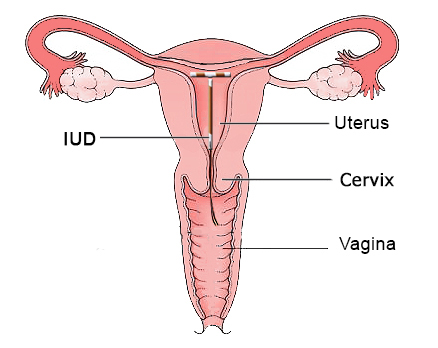For a long time, the vagina was considered as an organ incapable of systematically absorbing drugs. The development of newer routes has made way to consider the vagina and the uterus as the administration routes. There are several benefits to it. These routes avoid the hepatic first-pass metabolism effect and allow female patients to self-administer medication for weeks and months. Even the systemic delivery drug has gained much attention from researchers through Intrauterine drug delivery systems. The drugs delivered through the vagina (intravaginal route) are majorly associated with women’s health. Let us discuss the potential of Intrauterine drug delivery systems.
Why is the vaginal route considered for drug delivery?

Recent times have some newer areas of technological advancements in drug delivery. Such advances have led to an extensive understanding of drug delivery at different sites of administrations. Thus, novel delivery systems are developed to target both local and systemic biological systems.
The vaginal route of drug delivery has been mainly used to administer drugs with local action in the cervicovaginal region. Drug classes that are historically administered for local action in the vagina include antibacterial, antifungal, antiprotozoal, antiviral, labor-inducing, spermicidal agents, prostaglandins, and steroids.
However, recently, it became clear that the vaginal route can deliver drugs for systemic effects and uterine targeting. Thus, it represents a novel route for delivering macromolecules with poor oral bioavailability application as a drug delivery route within the female population.

The uterus is also considered to be a site for drug delivery. Historically, intrauterine devices have been used as a contraceptive method. The IUDs (Intrauterine drug delivery systems) used were mainly copper-releasing devices, but recent trends have seen contraceptive steroids. They are being used in over 100 countries. This delivery system’s generic variant and other novel IUDs are likely to follow soon. Since IUDs are intended for the controlled delivery of hormones, i.e., drugs with a narrow therapeutic index, over a very long period, appropriate in vitro test methods that ensure a predictable in vivo performance are essential for safe use.
What are the advantages of using IUDs as Drug Delivery Systems?
- Systemic side effects can be minimized.
- GIT irritations associated with some drugs can be avoided.
- Bioavailability can be enhanced.
- The first-pass metabolism can be avoided.

- Contact with digestive fluid is avoided, thereby preventing enzymatic degradation of some medicines.
- Can be self-administered by the patient.
- Removing the dosage form can stop the drug release into the body.
- Rapid drug absorption with a quick onset of action can be achieved upon administration.
- The vaginal bioavailability of smaller drug molecules is found to be highly increased.
- Absorption enhancer excipients can be used to overcome the problems of bioavailability of larger drug molecules.
Disadvantages of Intrauterine Delivery Systems
- Patient discomfort and incompliance.
- Only a few drugs can be administered by this route currently.
- Some of the drugs may lose their activity at the vaginal pH.
- Local irritation may be caused due to some variability in drug absorption related to the menstrual cycle, menopause, and pregnancy.
- Gender specificity, i.e., cannot be given to males.
- Influence sexual behavior.
- Sometimes, leakage of drugs from the vagina and wetting of undergarments may occur.
- IUDs with hormonal drug therapy disturb normal hormonal homeostasis, thereby causing mood swings and irritating behaviors.


Pingback: IUD (Intrauterine Device) Applications > PharmaCampus
Pingback: Is Big Data Analytics revamping the Pharmaceutical Industry? > PharmaCampus